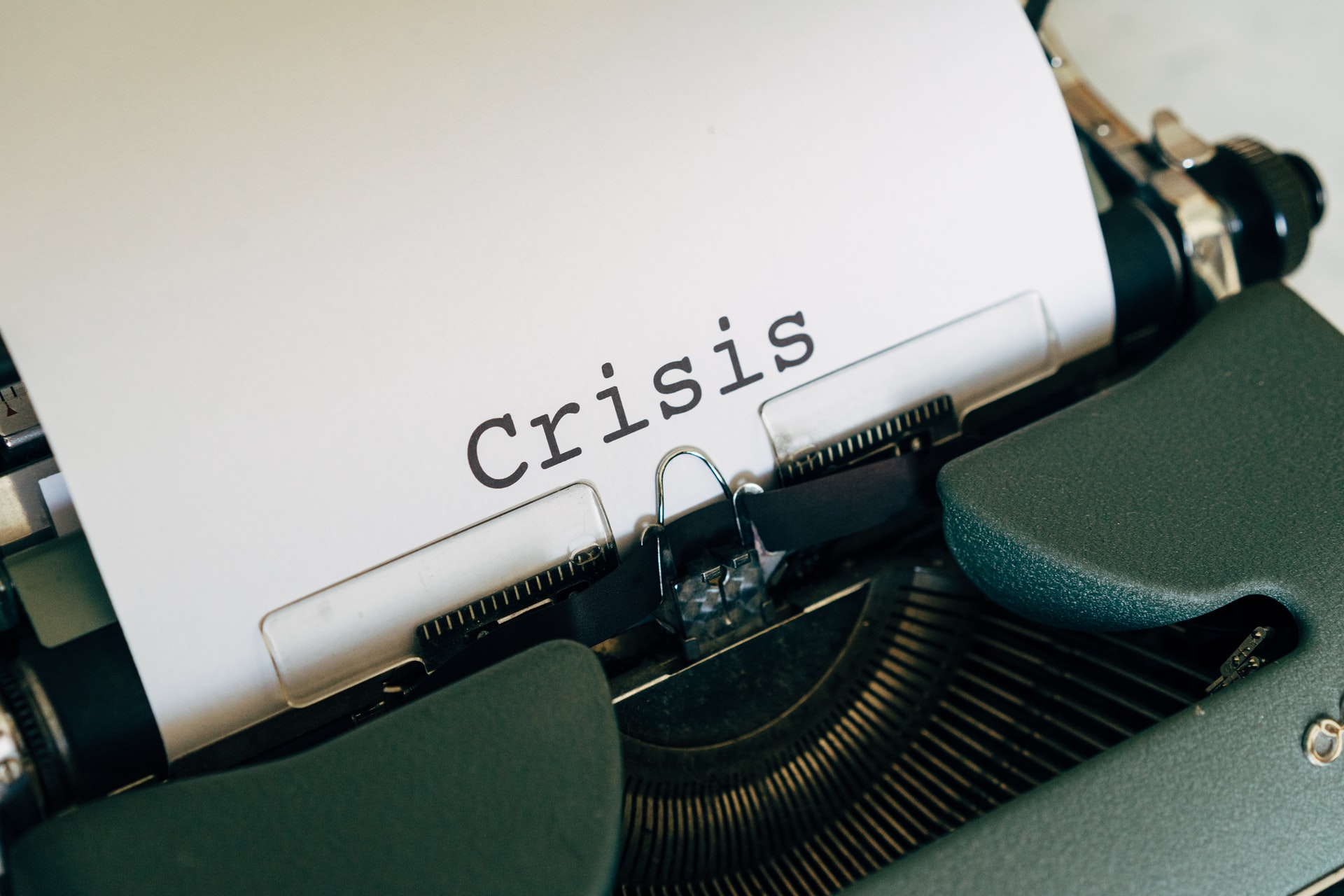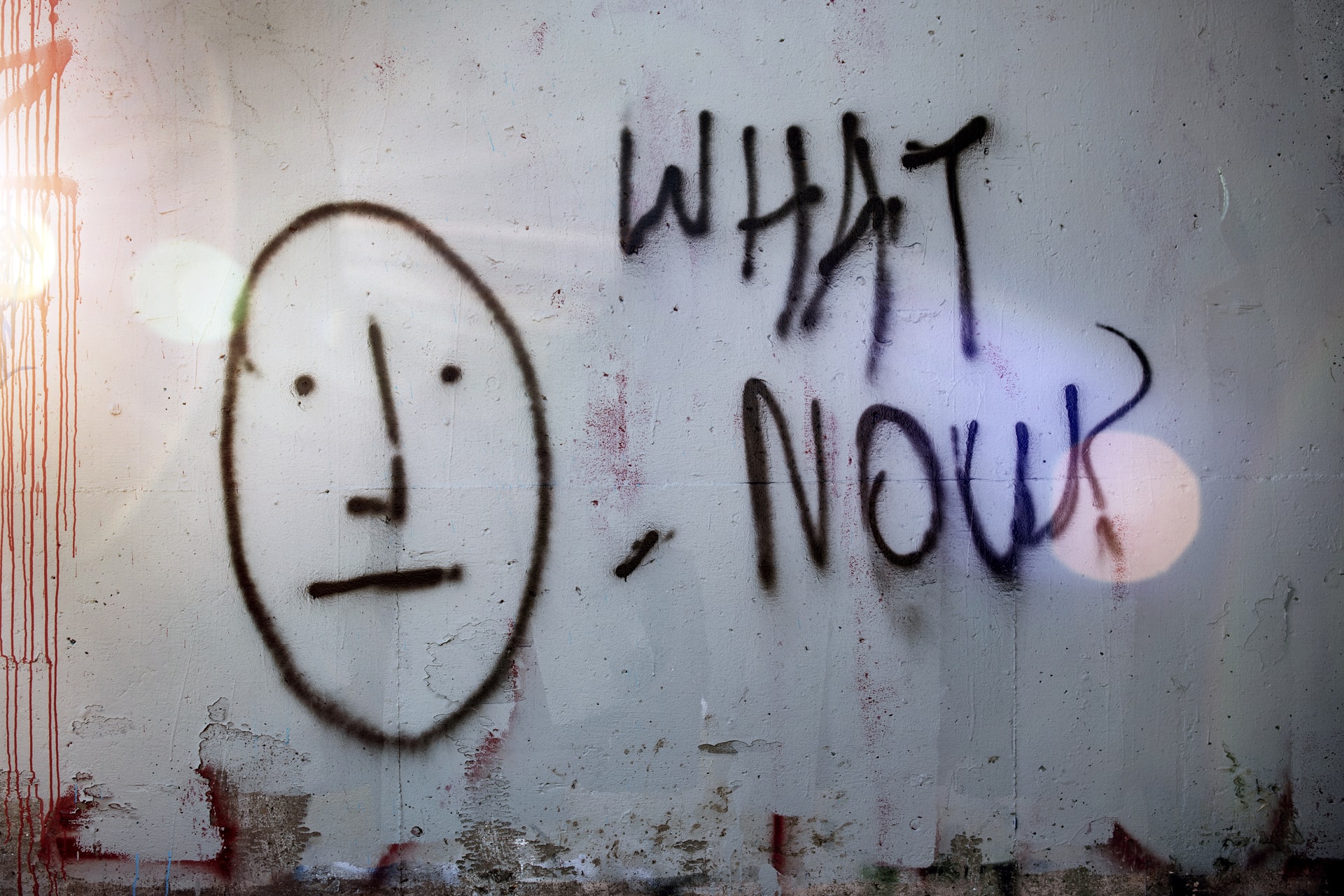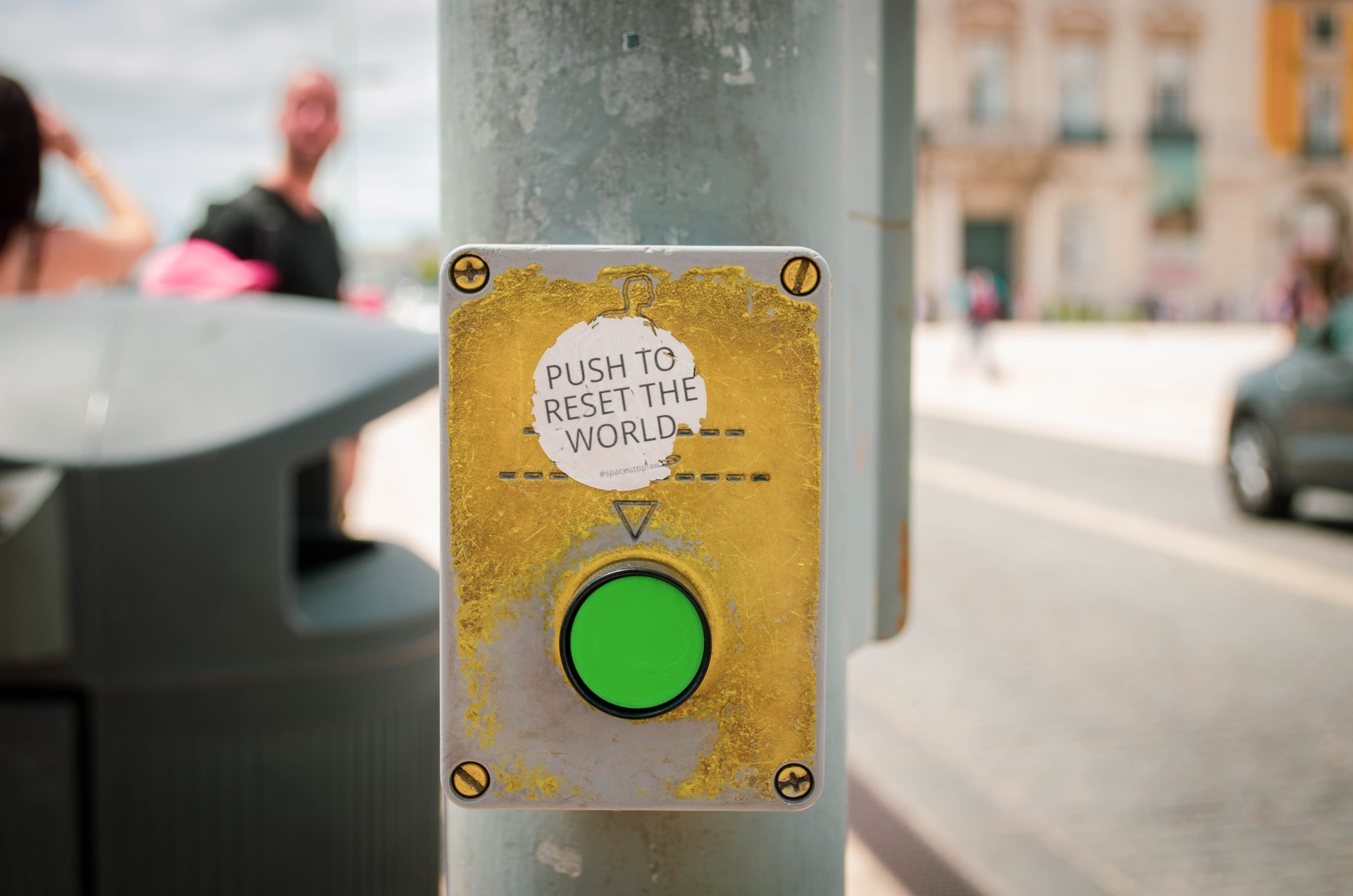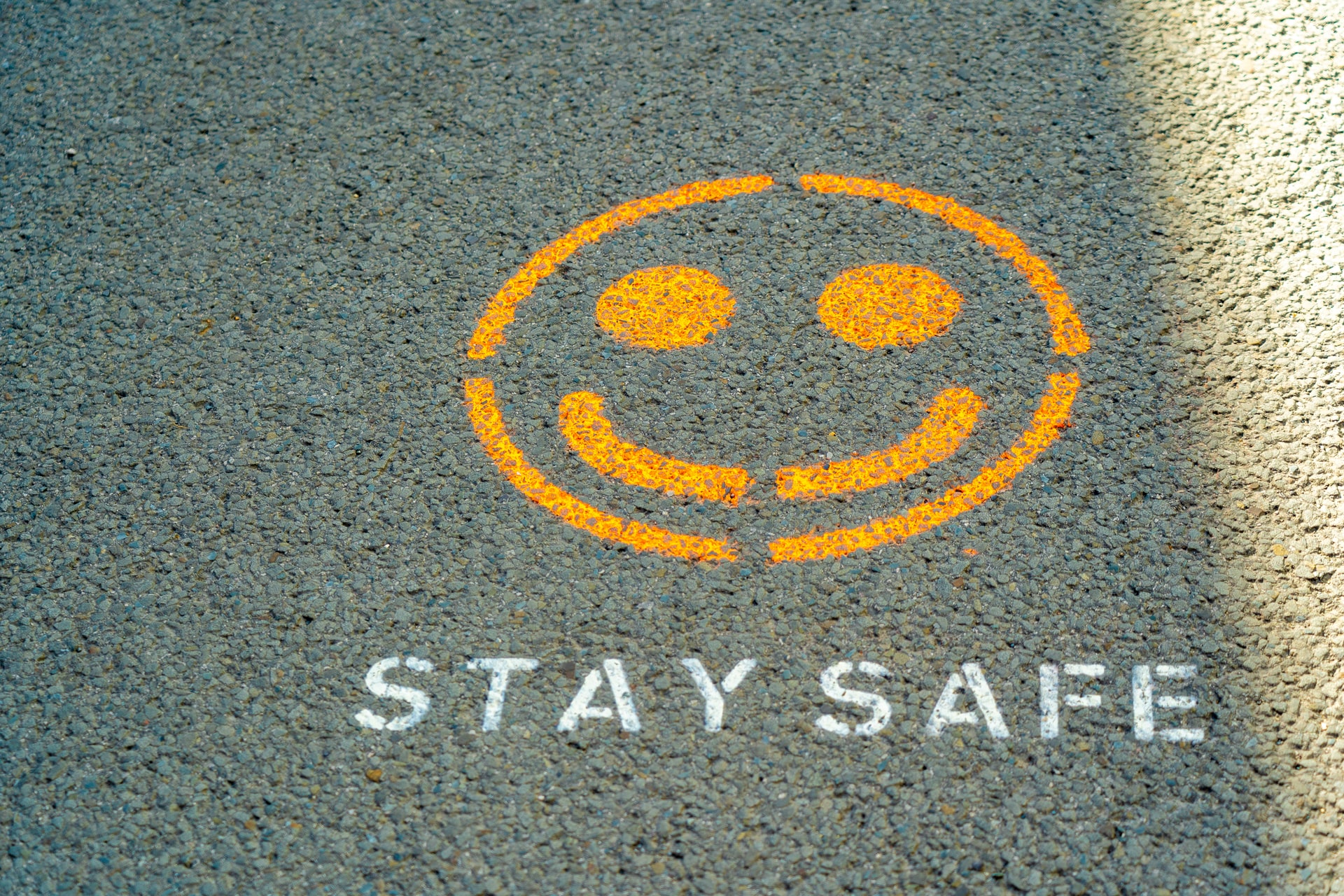By Paolo Gallo
Looks like we are taking for granted that we will find a new normal when COVID-19 is finally over, if and when we ever get there. But this idea of a "New Normal" is not actually new. According to Wikipedia, "New Normal is a term in business and economics that refers to financial conditions following the financial crisis of 2007–2008, the aftermath of the 2008–2012 global recession, and the COVID-19 pandemic." From a psychological standpoint, we understand why this term has been accepted and used globally. It is about the legitimate need that each of us is feeling in our bones. We desperately desire to return to some kind of normality, after accepting months of total disruption in our personal and professional lives, not to mention the pain of the thousands who died and the millions who got COVID-19.

Let's pause for a second by reflecting on the definition of "normal".
"Normal: conforming to a type, standard or regular pattern." "Average, predictable, ordinary." But my favourite definition of normal is "what people expect". Can we then really assume that the new normal is up for grabs, just around the corner, and that we will simply move to a place where we once again come to know what to expect? In this article I suggest re-naming "new normal"—which is simply delusional and unrealistic— to something very different. I believe that we now have five elements, or ingredients, which are constantly present in our lives. I call them the 5Cs.
#1. Chaos

The first C stands for Chaos, which is the perfect storm of speed and uncertainty, combined. The peculiarity of this moment is that speed is not linear, but exponential, and it is mainly driven by technological changes. Do you remember the prophecy of Gordon Moore, Founder of Intel Group? "The performance of Computers doubles every 18 months." If we add the geopolitical changes and the social unrest we're seeing today, we can understand Kaos, a Greek term.
#2. Crisis

The second C is Crisis, and it also comes from Greek. A crisis is a difficult or dangerous time in which a solution is needed—and fast. It is a term derived from medicine that implies the need to move quickly with a clear decision. We know that a half decision means a squared mess, and that a Crisis does not build character, but rather reveals it. If we leave inept and unfit leaders at the head of a company or a country during a crisis, their true colours will be revealed clearly, a sort of acid test of their leadership.
#3. Complexity

Complexity is the third C. We are used to framing problems as merely "complicated." A complicated problem requires technical expertise with a disciplinary focus. But the magnitude of the problems we are facing today forces us to decode complexity by constant learning, adapting, sense-making and leveraging interdisciplinary as a norm. Complexity requires trust and cooperation to solve problems, along with the authority to impose someone's views upon others.
#4. Confusion

The fourth C stands for Confusion or—if you prefer—ambiguity. Nothing is going to be a "clear cut", easily distinguishable from a distance. Ambiguity means that concepts, ideas and situations have different meanings for different people; hence the need to reconcile these differences by including everyone in the conversation.
#5. Change

The last one is Change—actually let me scale that up to Constant Change. Do you remember Spencer Johnson's book, Who Moved my Cheese? It's more than 20 years old but still very helpful to internalise the fact that change is not the exception, but the constant in our lives. We were all amazed to see our capacity to adapt so rapidly during COVID-19, for example, when we started working from home. Ironically the only normal, stable component in our lives is going to be constant change.
The Sum of these 5Cs—Chaos, Crisis, Complexity, Confusion and Change—is going to create a New Context, not a new normal. If we accept the New Context as part of our future, we will see opportunities and learn new perspectives and insights that will allow us to reset the system. The new context is about transformation, not change. The difference between these two terms is substantial. Change means that the situation is altered; whereas transformation means that we are different and there is no going back—akin to a caterpillar that has become a butterfly. If we internalise that we are in a middle of an historical transformation, we will not be able to call it a “new normal,” as if “predictable” and “ordinary” are waiting for us around the corner.

Once we accept the new context and Transformation, we will be able to reset the system. But before we fall in love with the concept of "reset" or even “great reset,” we need to ask ourselves: Who is going to push the reset button? The current system has failed most people on this planet: think about the 1.3 billion surviving on less than two dollars a day; the people left behind, excluded from jobs and dignity; the cruel discrimination against African Americans, women, minorities and religious groups. We cannot allow the very same people who set up the current system to their political and economic advantage to reset it, as if they still had the credibility to do so. They don't. Many lost that credibility a long time ago, possibly because some “Leaders” still confuse the terms credibility with visibility on social media. It’s not the same thing. But it’s not about burning cars or destroying statues with iconoclastic fervour either. Ancient Romans used slaves too but we are not going to tear down the Coliseum, are we?

Instead, it’s about learning from the many tragic mistakes of human kind and investing in education and heath, two fundamental human rights; embracing diversity as a fantastic opportunity; understanding that saving the planet is not just a hobby for a 16-year-old girl called Greta but an emergency that deserves our attention and all the resources we can muster to solve; realising that the 70.8 million people forcibly displaced people in the world need protection, respect and support. If we think about the New Context, it allows us to reset the system—the true opportunity of a lifetime—to create shared prosperity for all by reflecting on a simple question: What do we stand for?
New Leadership: The 5Cs
The point is, the current Leadership model has failed us; it has forgotten 99 per cent of the people on the planet. "No Justice, No Peace," as Bob Marley used to sing. The list of disappointments is so long that it will fill many volumes. If you think that Leadership is an empty word or just a topic to debate in academia, think twice. The colossal difference between the Leadership displayed to fight COVID-19 from Donald Trump in the US and Jair Bolsonaro in Brazil vs New Zealand’s Prime Minister Jacinda Ardern is almost embarrassing. The price tag: thousands of lives lost due to ineptitude, indifference and false priorities. If we focus on the corporate world, it is even worse. If you read Jeffrey’s Pfeffer book, Dying for a Paycheck, you will find overwhelming evidence of how toxic organisations, psychopathic leaders and cruel working conditions are literally killing people.

So, if we are truly in the middle of a Transformation, what kind of leadership does the world need? I do not wish to convey a few plausible and agreeable points such as, “We need good leaders with strong communication skills,” or “More diversity would be helpful.” The time to be politically correct without any accountability is over. So, I propose 5 key behaviours and characters that will define the Leaders of the Future.
Here are the 5Cs to deal with the New Context, created by the 5Cs.
#1. Care
“Nobody cares how much you know, until they know how much you care,” Theodore Roosevelt once said. He was right. But somehow conventional thinking has defined "care" as equal to "weak". Nothing could be further from the truth. Caring about people does not mean showing weakness, but rather demonstrating empathy and compassion by taking concrete actions. The COVID-19 crisis has revealed the true colours of organisations. Some have demonstrated true caring, such as the “Back on Track” programme at Ferrari. It started as an initiative to reopen the factory in a safe and healthy manner for staff. But from there the concept developed into a full-blown strategic programme with a call to action for all stakeholders involved, and with a mantra valid for the next 18 months: to ensure the safest possible working conditions, the best operative and qualitative checks, and to monitor emotional well-being—true teamwork. This participative programme involves all employees at all levels, strengthening even further members’ sense of belonging.

Ferrari learnt in early January 2020 from colleagues in Asia and Ferrari Greater China offices of the potential impact and disruption of COVID-19. Well before any government action, the team anticipated the need to face the crisis by working with experts, health professionals, virus experts and regional authorities in drawing up a detailed plan of action. This physically allowed Ferrari to reopen as soon as the region gave the green light. More importantly, it enabled the company to provide emotional support to all staff, their families and partners in the shared ecosystem by combining the capacity to anticipate, and the agility to quickly react with substance and structure. That’s how “Back on Track” was implemented.
Self-care is also an essential component of Leadership. It’s about maintaining the physical energy, mental focus, and emotional and spiritual balance that allows people to be at their best in order to give their best. If you are sleep deprived, your cognitive skills are severely reduced; so the need to self-care is a necessary condition to be a credible and focused leader.
#2. Cause

Cause and sense of purpose is the second essential trait of Leadership. Why are we doing what we are doing? We are purpose-seekers and people need to be connected with purpose. A true leader is able to motivate missionaries (people who have a notion deep inside), not mercenaries (people who have personal gain as their only goal). Losing the sense of purpose is like losing your Compass: you may keep on going, but you’ve lost the sense of direction. I learned this when I was working for the World Bank, for example, in the tragedy of the earthquake that struck Haiti. People found an immediate connection with their purpose and gave their best to help by achieving results that were considered impossible just few weeks earlier. We have seen the same when field hospitals were built to cope with huge influx of COVID-19 patients in a few weeks rather than in a few years. How is that possible? It’s a sense of purpose, a cause that is entrenched in our mind and souls.
#3. Connecting/collaborating

There are several lessons we have learned during the pandemic. One is that the magnitude of the problem requires the capacity to “connect the dots” and to collaborate with many stakeholders. We can apply the same principle when we think about climate change of other systemic problems such as unemployment. What do we mean by connecting? The capacity to have a systemic approach to problem-solving, to understand how one problem is closely correlated to the solution—or the aggravation— of another one. If, for example, we raise the retirement age, we create an effect on pensions and youth employment.
Let’s consider another important point: problems are not only complicated, but are also complex. A complicated problem demands technical expertise with a disciplinary focus. The traditional hierarchical structure is able to deal with this kind of problem, as the chain of command is adequate to give an efficient response. But problems today are also complex, not only complicated. Solving complex problems requires three important factors: 1) platform and networks rather than rigid structures; 2) constant learning, flexibility and adaptation rather than rigid roles; and 3) full collaboration between people and institutions. So collaboration is not just a nice bullet point on a job description but one of the most important behaviours that new Leaders need to demonstrate every day.
#4. Creativity

Given the 5Cs of Chaos, Crisis, Complexity, Confusion and Change, new Leaders cannot rely only on updated operating systems, KPIs and procedures. They need creativity—the capacity to find innovative solutions to complex problems. It is not about inventing new products and services every day, but about having a mindset and a creative process. One example of mindset: using knowledge and experience in one discipline and bringing it to a different one. This is what Steve Jobs did when he fell in love with Andy Warhol’s painting of the portrait of John Lennon. He used the same multicoloured panel for the first Apple products. Truth be told, Apple was not the first company to use unconventional colours for its products. Olivetti started in the seventies with a revolutionary typewriter called Valentina. This machine was available in several bright colours, such a revolutionary approach that one is now on display in the design museum in London.
#5. Courage

Courage means remembering what we stand for. Too many leaders choose what is convenient; they say or do what people expect by telling them what they want to hear. Politically it is called populism; in corporate terms it is a clear sign of mediocrity, as if Leadership were a beauty context. The problem with this approach is confusing visibility and popularity with credibility and substance. We see this all the time: companies that measure their success based on the number of Facebook or Instagram followers, as if they were teenagers with hormonal problems. Courage is a different story. It is the capacity to do what is right even when it is not yet en vogue. Take, for instance, what is happening right now following the #MeeToo and #Blacklivesmatter movements. How many companies have actually appointed qualified woman or African Americans in Leadership roles? Sure, it is easier to produce an elegant video and post it on Facebook: two million views are more important than substance, right? The courage of conviction is a different game: when you see it, you will see a leader. If not, you see a clown. Or at best a well-dressed fake act that, in fairness, could also be entertaining.
Chaos, Crisis, Complexity, Confusion and Change—the 5Cs are generating a New Context that opens up new possibilities, as we are dealing with a historical transformation. This transformation will be possible only with a new Leadership permeated with Care, Cause, Collaboration, Creativity and Courage, the 5Cs. Our journey as Leaders and people will be successful only if we are equipped with a Radar, to understand the big picture unfolding in front of us at exponential speed, and a Compass, that will give a sense of direction in our journey.
Our capacity to create and shape a better future for the next generation starts here.
Images via Unsplash. This article originally appeared in the Irish Tech News. It has been republished in Social Space with their kind permission.
 |
Paolo Gallo is a Futurist, global expert in Human Capital, Future of Work, Leadership 4.0 and ICF certified Executive Coach. He is an Adjunct Professor in Leadership and Organizational Behavior at SDA Bocconi Executive Education Milan. |








Comments